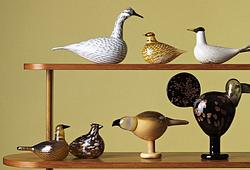Björn Trägårdh
A pewter sculpture of an elephant model "1734", Firma Svenskt Tenn, Stockholm 1930s-40s.
On a rectangular brass plate, unstamped. Total height ca. 9.5 cm, plate length 13.5 cm.
Wear.
More information
Designed ca. 1931-32.
Designer
Björn Trägårdh (1908-1998) was an artist, furniture designer, draftsman, and graphic artist. He worked as a designer at Svenskt Tenn from 1928 to 1936, where he designed furniture, pewter objects, and other art industry products. Trägårdh joined Svenskt Tenn when he was only 20 years old and was influenced by a functionalist design approach. He worked with a restrained color palette, using black, white, and gray as his main colors. Additionally, he and Estrid Ericson were exhibition organizers for several notable exhibitions. After Josef Frank joined Svenskt Tenn, Trägårdh moved to Paris in 1939, where he worked as a visual artist. During and after the war, he returned to the field of crafts and the fashion industry, creating buttons and brooches for fashion houses such as Dior, Bruyère, and Schiaparelli. Trägårdh's work can be found in the collections of the National Museum in Stockholm, the Gothenburg Museum of Art, the Institut Tessin in Paris, as well as art museums in Tours and Pau, France.
Read more




















































